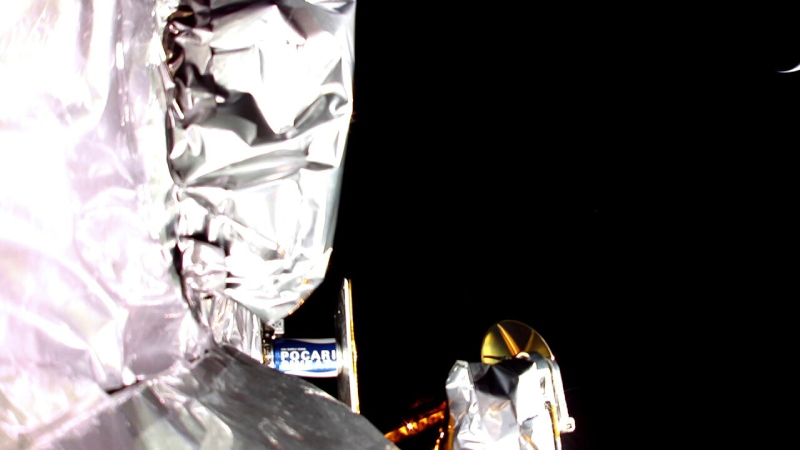A spacecraft that was supposed to reach the moon’s surface has instead returned to Earth and burned up Thursday afternoon in the planet’s atmosphere.
In a post on the social network X, formerly known as Twitter, Pittsburgh-based Astrobotic Technologies stated that it had lost contact with its Peregrine moon lander at 3:50 pm Eastern time (2:20 am IST the following day). This suggested that the lander had entered Earth’s atmosphere over the South Pacific at approximately 4:04 pm (2:34 am IST the following day).
The corporation stated, “We are awaiting independent confirmation from government entities.”
With the probe swinging back toward Earth after passing outside the moon’s orbit, the ten-day journey that spanned over 500,000 miles came to a planned, if disappointing, end. However, the spacecraft never made it to the near side of the moon, where it was supposed to land.
NASA provided the majority of the payloads on the spacecraft as part of an initiative to use commercial enterprises to conduct lunar experiments at a reduced cost. The program known as Commercial Lunar Payload Services, or CLPS, saw its first launch with Astrobotic. Astrobotic received $108 million from NASA to deliver five experiments.
On January 8, Peregrine made a perfect launch from Cape Canaveral, Florida, marking the first flight of a brand-new rocket called Vulcan. However, the spacecraft’s propulsion system experienced a significant malfunction shortly after it detached from the rocket’s second stage, making it impossible for it to maintain its solar panels aimed toward the sun.
Peregrine’s battery was able to recharge when Astrobotic’s engineers successfully reoriented it. But the intended moon landing was ruined by fuel leaks. According to the company’s current theory, a propellant tank exploded due to a high-pressure helium flow that resulted from a valve that failed to close.
At first, Astrobotic predicted that Peregrine would run out of fuel and perish in a few days. However, the spaceship carried on as the leak lessened. The successful activation of all 10 powered payloads-four of which were from NASA-showed that the spacecraft’s power systems were operational. (A laser reflector, the fifth NASA cargo, did not require electricity.) Several customer payloads were also powered on, including experiments for the German and Mexican space agencies and a small rover constructed by Carnegie Mellon University students.
The spacecraft, pushed off course by the propellant leak, is expected to burn up in Earth’s atmosphere, according to the company’s statement over the weekend. According to the corporation, it chose to keep Peregrine on this trajectory in order to avoid the damaged spacecraft from hitting any of the satellites orbiting the planet.
The robotic Japanese spacecraft SLIM, which is presently orbiting the moon, is scheduled to attempt a lunar landing on Friday. It will touch down at approximately 10:20 a.m. Eastern time. (It will be 8:50 p.m. in India and 12:20 a.m. in Japan on Saturday morning.)
As early as mid-February, Intuitive Machines of Houston might launch the next commercial mission funded by NASA.
Topics #Disintegration #ISRO #Moon #Moon Lander #NASA #news #Space #universe










